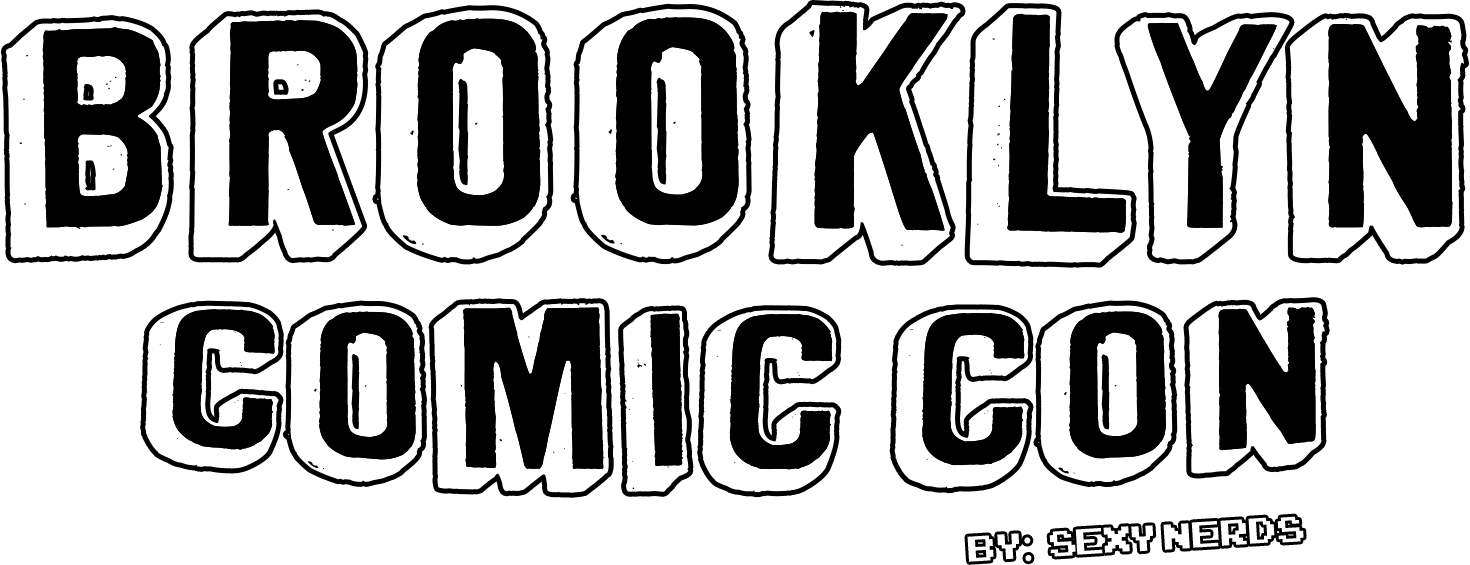Bucky O'Hare: A Look Back at the Galactic Green Eco-Adventurer
As we rocket back through the corridors of childhood nostalgia, let’s dial the cosmic calendar to the early 90s to revisit the action-packed universe of Bucky O'Hare. This series wasn’t just a vibrant splash in the pond of animated television and comic books; it was a bold narrative that combined space opera with socio-political commentary, wrapped up in the exciting adventures of a green rabbit and his crew as they battled the sinister Toad Empire.
A Galactic Tale of Rebellion and Responsibility
Bucky O'Hare originated from a comic book series created by Larry Hama and Michael Golden. It spun into a beloved animated series and even inspired an NES video game, ensuring its place in the hearts of many a young sci-fi fan. The story was set in an alternate universe where a war raged between mammalian species, led by Captain Bucky O'Hare, and the totalitarian amphibians of the Toad Empire.
The appeal of Bucky O'Hare was not just its fast-paced action and vibrant characters but also its deeper narrative undercurrents. The series tackled anti-consumerist and pro-environmentalist themes head-on—an uncommon focus for children's media at the time. It portrayed the Toad Empire as a consumerist dystopia, driven to environmental destruction by mind-controlling media run by a mega-corporation. In contrast, Bucky and his crew represented a harmonious balance with nature, emphasizing the responsibility of safeguarding the universe's ecological welfare.
The Colorful Cast
The heart of the series was its memorable cast. Bucky, the fearless leader with his iconic red spacesuit, was joined by an eclectic team: Jenny, a powerful and mysterious psychic; the young human boy Willy DuWitt, who accidentally finds himself in their universe; Blinky, a one-eyed android; Deadeye Duck, a the four-armed sharp-shooting pirate with a penchant for mischief; and Bruiser, the Berserker Baboon whose loyalty and strength were as massive as his fists.
In the universe of Bucky O'Hare, the Toad Empire epitomizes the dangers of authoritarian control, driven by the sinister AI Komplex. Komplex manipulates the toad population through fear, propaganda, and entertainment designed to pacify and distract, reflecting real-world concerns about media manipulation and consumer culture.
Central to Komplex's regime is the Toad Air Marshall, a high-ranking figure who is essentially a puppet, controlled by Komplex’s directives. Their relationship underscores the illusion of authority within the Toad military, revealing the Air Marshall’s apparent autonomy as mere subservience to Komplex’s overarching control. This dynamic explores the potent impact of a regime maintaining power by controlling the narrative and shaping societal beliefs through crafted messages that play on fear.
Major Plot Arcs and Artistic Flair
The series wasn’t afraid to dive into complex story arcs that involved espionage, epic space battles, and planet-hopping adventures. One significant plot involved the Toads' attempt to mechanize the universe, symbolizing rampant industrialization at the cost of environmental health. The vibrant art style of the comics, with Golden’s dynamic illustrations, brought the battles and worlds to life with a boldness that matched the intensity of its themes.
Another compelling plot arc in Bucky O'Hare revolves around the S.P.A.C.E. (Sentient Protoplasm Against Colonial Encroachment) crisis. This storyline delves deep into the environmental themes of the series by spotlighting a unique ecological challenge. The Toad Empire, in its relentless pursuit of expansion, begins draining the resources of a newly discovered protoplasmic entity, an intelligent, gelatinous life form that covers an entire planet. This entity, capable of thought and emotion, suffers immensely from the Toads' exploitative actions.
Bucky and his crew, in partnership with planetary scientists and environmentalists, embark on a mission to understand and communicate with this sentient protoplasm, aiming to halt the Toads' destructive practices. The arc not only highlights the broader consequences of unchecked industrialization on unique ecosystems but also showcases the crew's dedication to defending all forms of life across the universe. Through strategic sabotage, heartfelt diplomacy, and daring rescues, they strive to protect this unusual entity, emphasizing the series' overarching message of ecological preservation and respect for life in all its forms.
The Conclusion of an Epic Saga
As the series reached its crescendo, the narrative concluded on a fantastical and somewhat humorous note. In an ultimate showdown of cosmic proportions, a god-like mouse intervened, banishing the Toads to a dreary world characterized by bad food and high taxes—a whimsical yet pointed commentary on societal punishment and justice.
Though Bucky O'Hare did not continue beyond its initial surge in the early 90s, its legacy endures. The series offered more than just entertainment; it provided a narrative that encouraged its young viewers to think critically about the world around them. Its blend of thrilling space adventure with poignant themes resonates even today, reminding us of the power of storytelling in shaping young minds and perhaps, inspiring them towards greater responsibility to our planet and each other. So here's to Captain Bucky O'Hare and the indomitable crew of the Righteous Indignation: Go Croak Some Toads!






